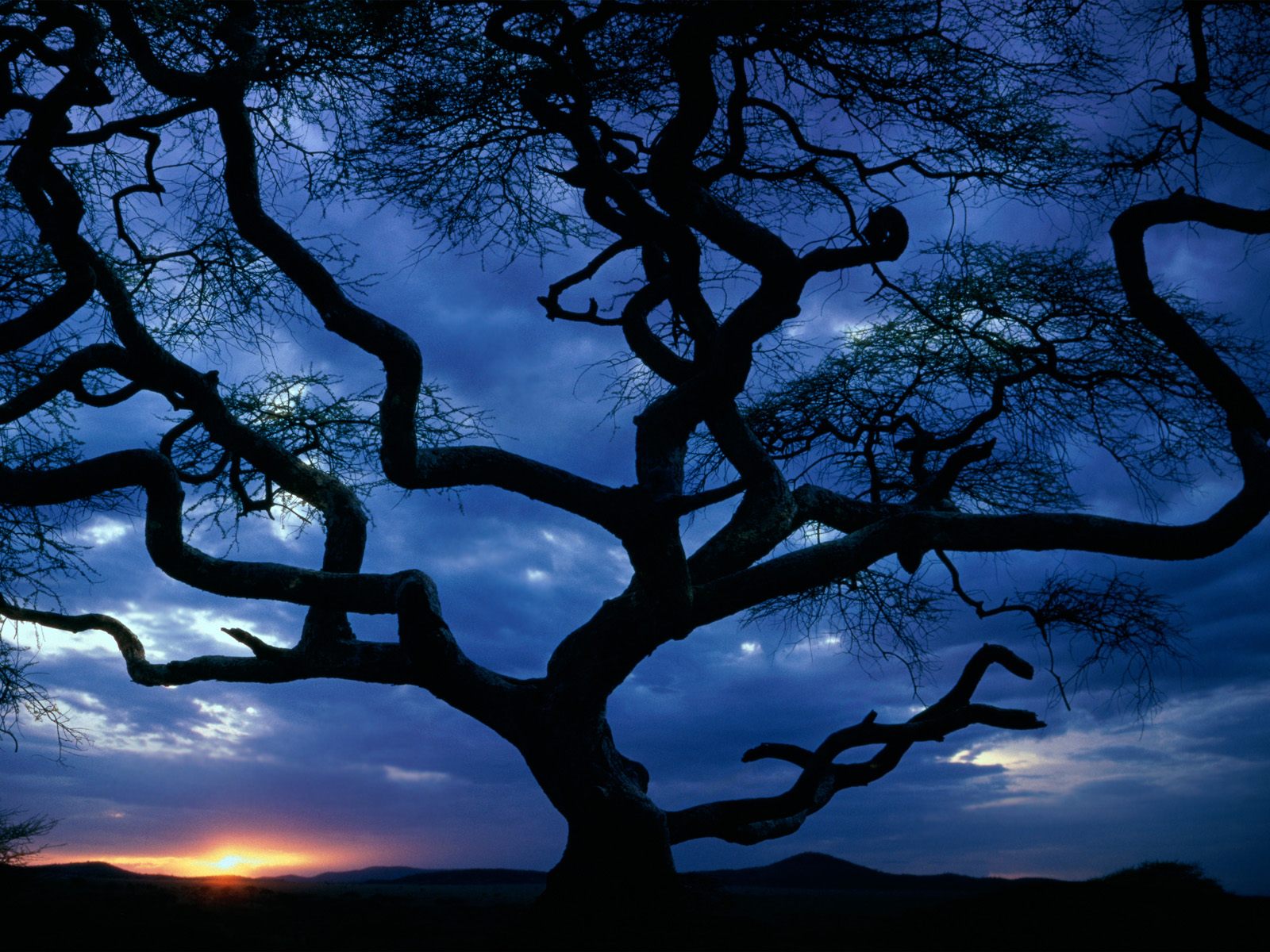A million wildebeest… each one driven by the same ancient rhythm, fulfilling its instinctive role in the inescapable cycle of life: a frenzied three-week bout of territorial conquests and mating; survival of the fittest as 40 km (25 mile) long columns plunge through crocodile-infested waters on the annual exodus north; replenishing the species in a brief population explosion that produces more than 8,000 calves daily before the 1,000 km (600 mile) pilgrimage begins again.
Tanzania’s oldest and most popular national park, also a world heritage site and recently proclaimed a 7th world wide wonder, the Serengeti is famed for its annual migration, when some six million hooves pound the open plains, as more than 200,000 zebra and 300,000 Thomson’s gazelle join the wildebeest’s trek for fresh grazing. Yet even when the migration is quiet, the Serengeti offers arguably the most scintillating game-viewing in Africa: great herds of buffalo, smaller groups of elephant and giraffe, and thousands upon thousands of eland, topi, kongoni, impala and Grant’s gazelle.
The spectacle of predator versus prey dominates Tanzania’s greatest park. Golden-maned lion prides feast on the abundance of plain grazers. Solitary leopards haunt the acacia trees lining the Seronera River, while a high density of cheetahs prowls the southeastern plains. Almost uniquely, all three African jackal species occur here, alongside the spotted hyena and a host of more elusive small predators, ranging from the insectivorous aardwolf to the beautiful serval cat.
But there is more to Serengeti than large mammals. Gaudy agama lizards and rock hyraxes scuffle around the surfaces of the park’s isolated granite koppies. A full 100 varieties of dung beetle have been recorded, as have 500-plus bird species, ranging from the outsized ostrich and bizarre secretary bird of the open grassland, to the black eagles that soar effortlessly above the Lobo Hills.
As enduring as the game-viewing is the liberating sense of space that characterises the Serengeti Plains, stretching across sunburnt savannah to a shimmering golden horizon at the end of the earth. Yet, after the rains, this golden expanse of grass is transformed into an endless green carpet flecked with wildflowers. And there are also wooded hills and towering termite mounds, rivers lined with fig trees and acacia woodland stained orange by dust.
Should we let activities that might put the famous wildbeest migration at risk take place? As mentioned on the previous post, there is an alternative win-win solution…
(Kabla watu hawajaanza kurusha mawe; jibu ni hapana, nyumbu na pundamilia hawaendi Masai Mara, Kenya kuzurura tu!)
Source: tanzania-safari-channel (dot) com




Mineral mining at Lake Victoria is the target. But is it worth to destroy so much just for greed? There is an alternative and Tanzania needs to learn that this helps more than destruction of one of the worlds last migration.
Yea, that’s what I thought when I first heard about the news. There are so many bad roads all over the country.. why concentrate on this one? Only? I never like to speculate (try to connect the dots); but the dots are so close to each other that from a distance you might be able to see a solid line*.
I hope they will consider the alternative solutions suggested.
*Mara, Geita, (Loliondo?)
About this, a recent piece in the newspaper was talking about how a number of NGOs switched position and are now siding with the government in the development of the road: http://thecitizen.co.tz/news/4-national-news/21923-ngos-make-u-turn-on-serengeti-road.html